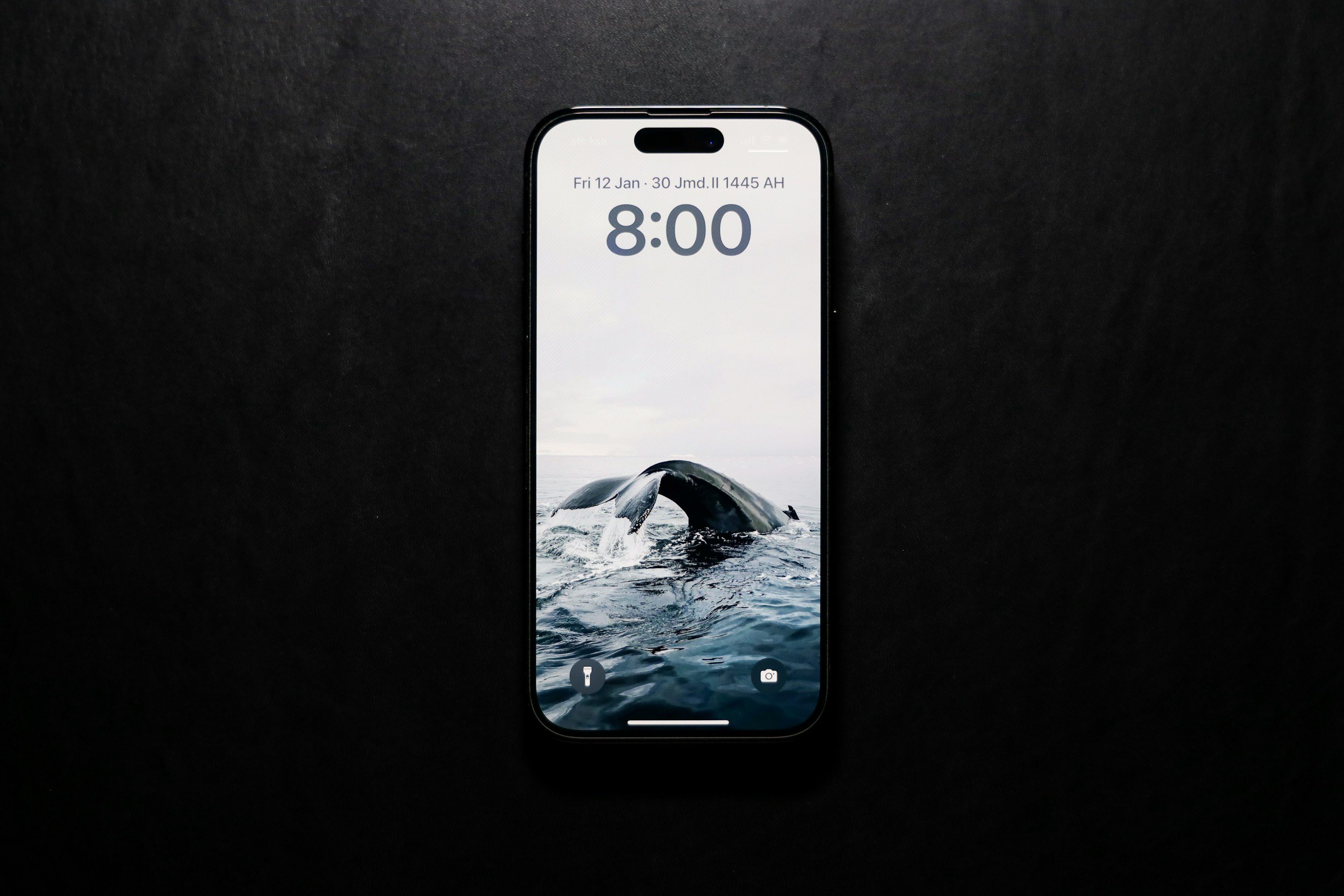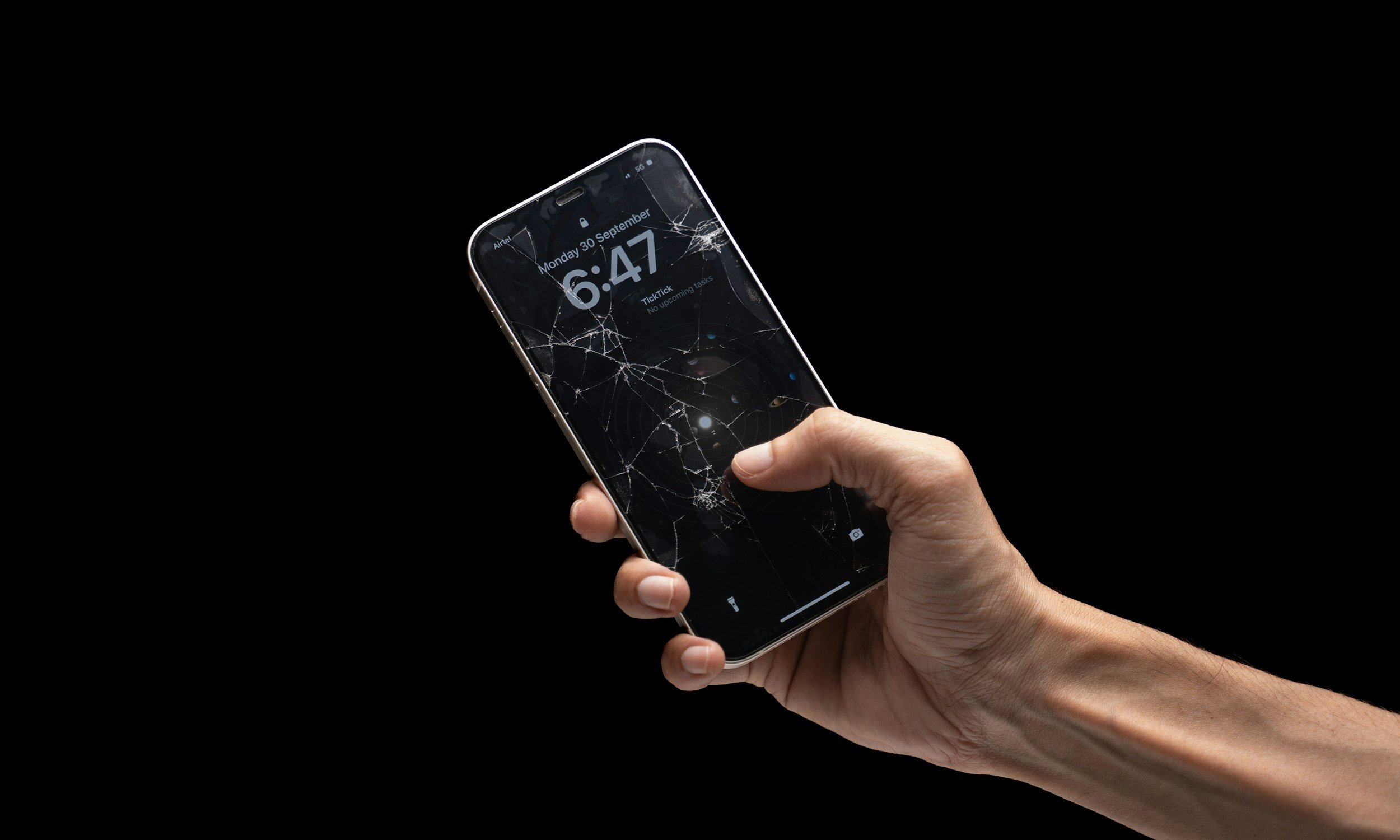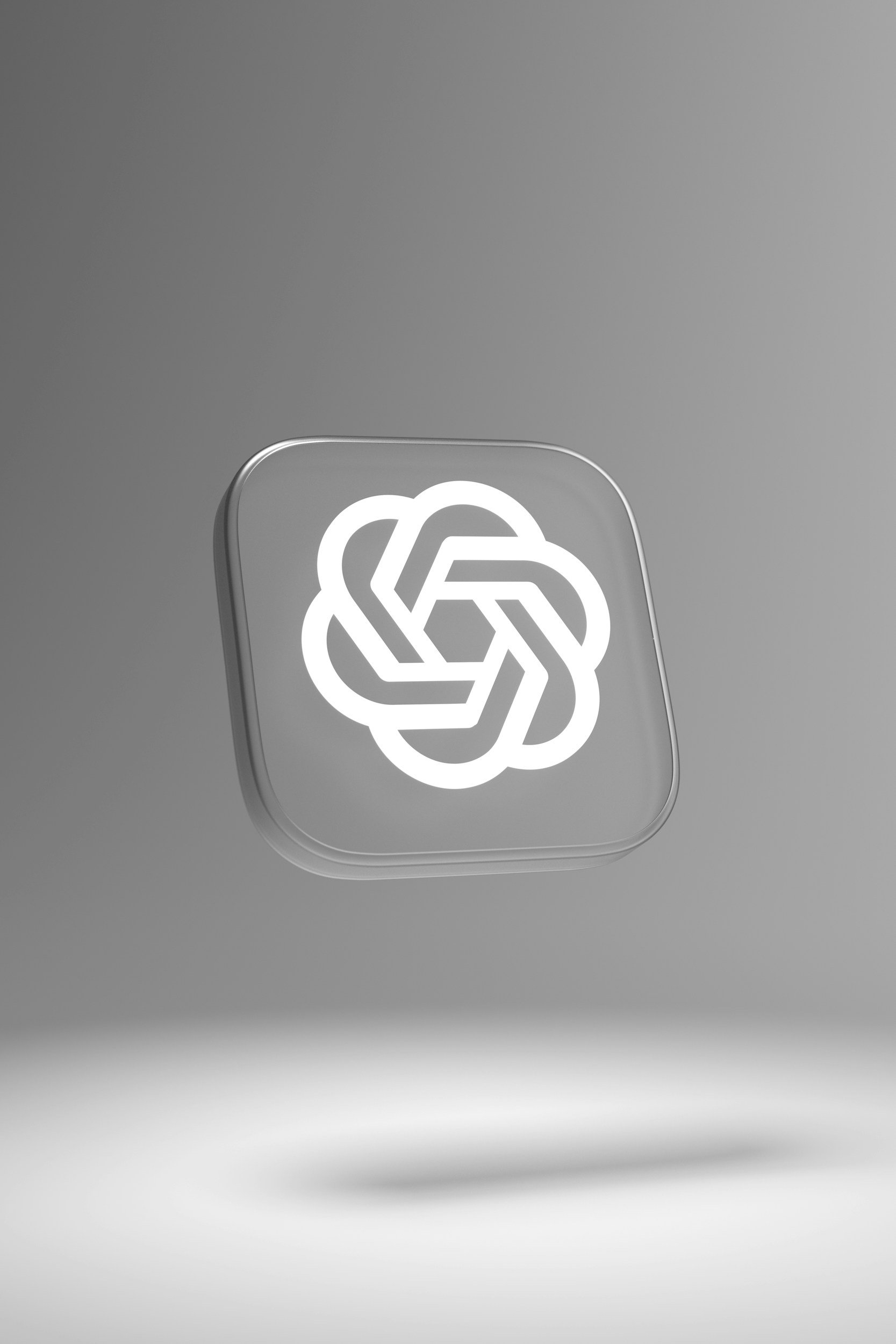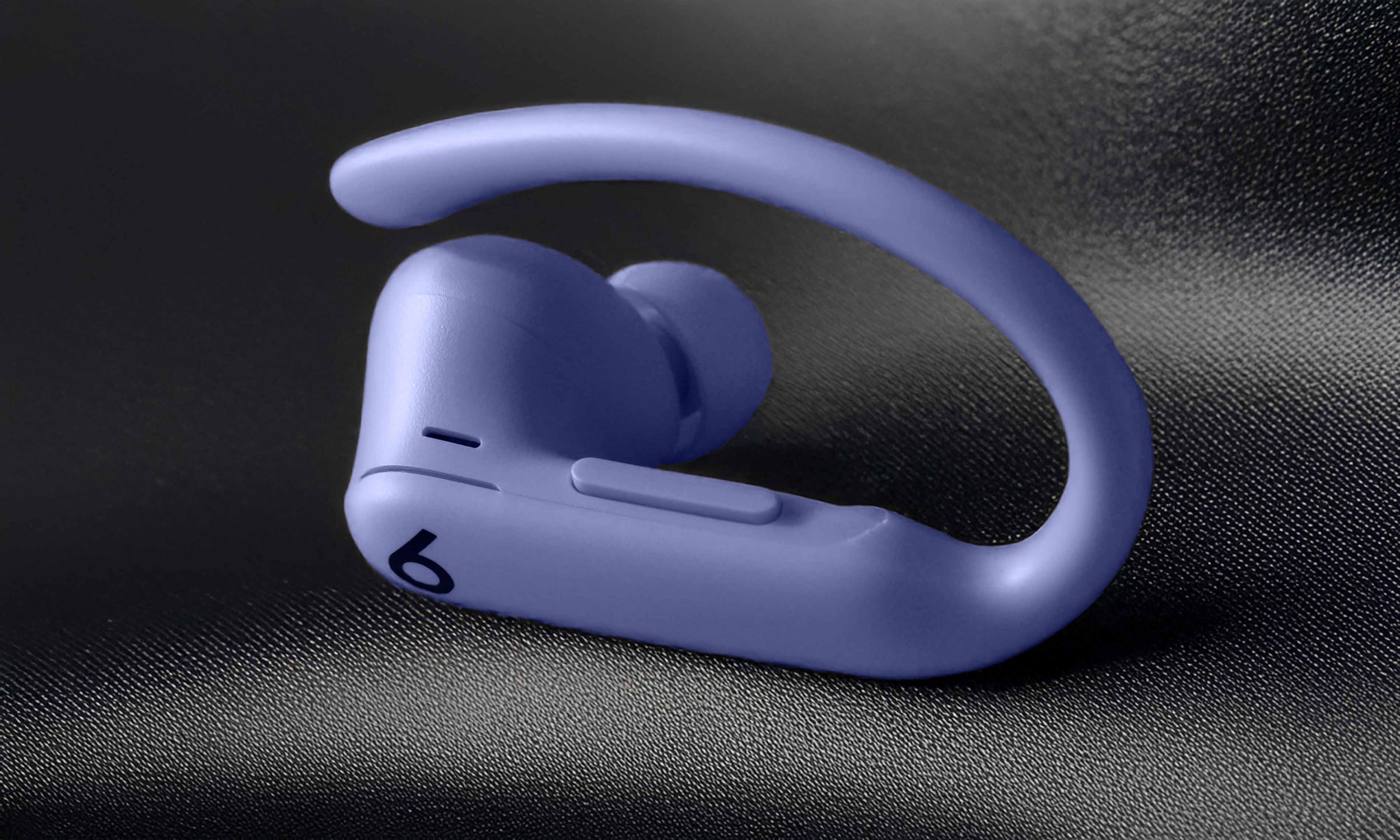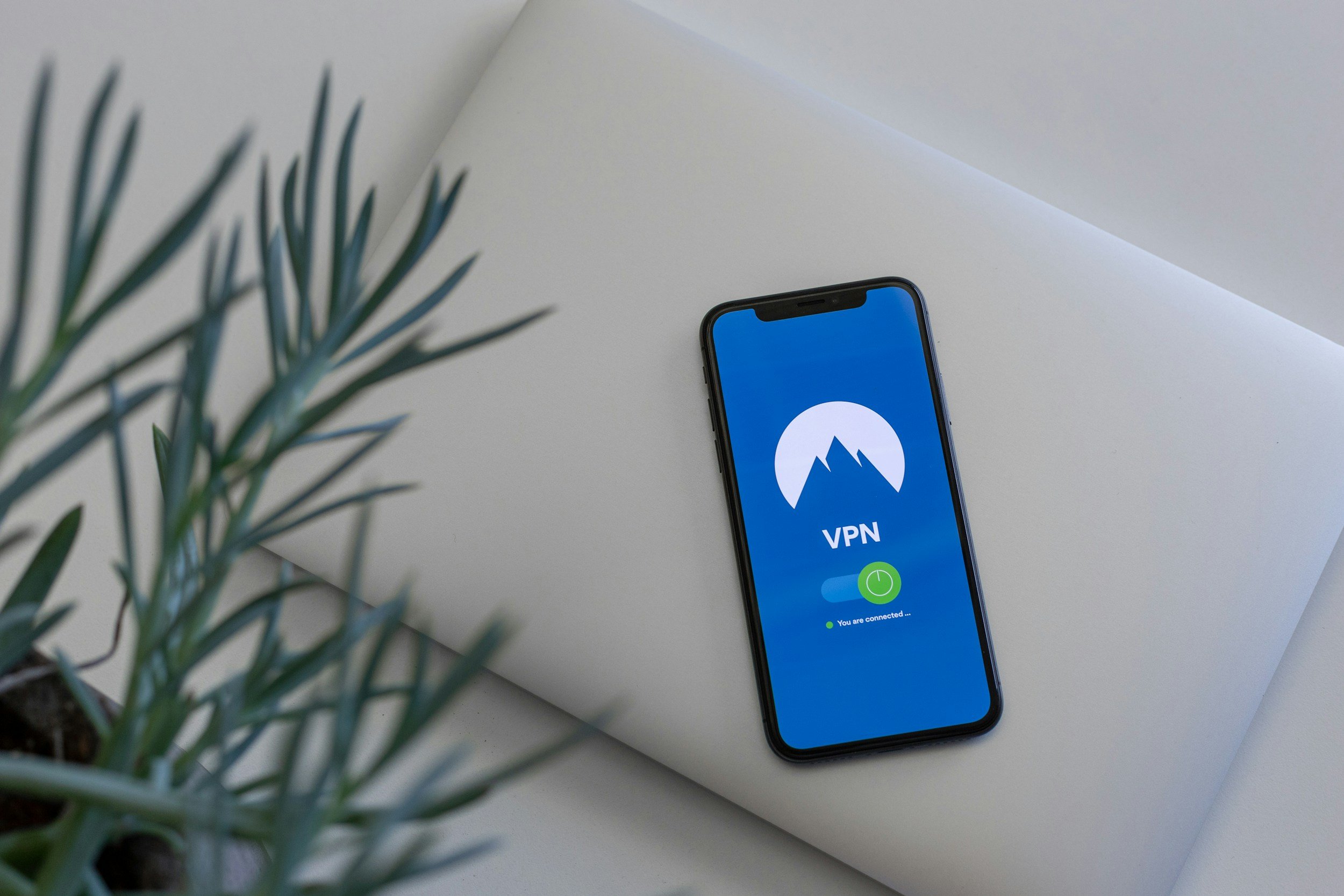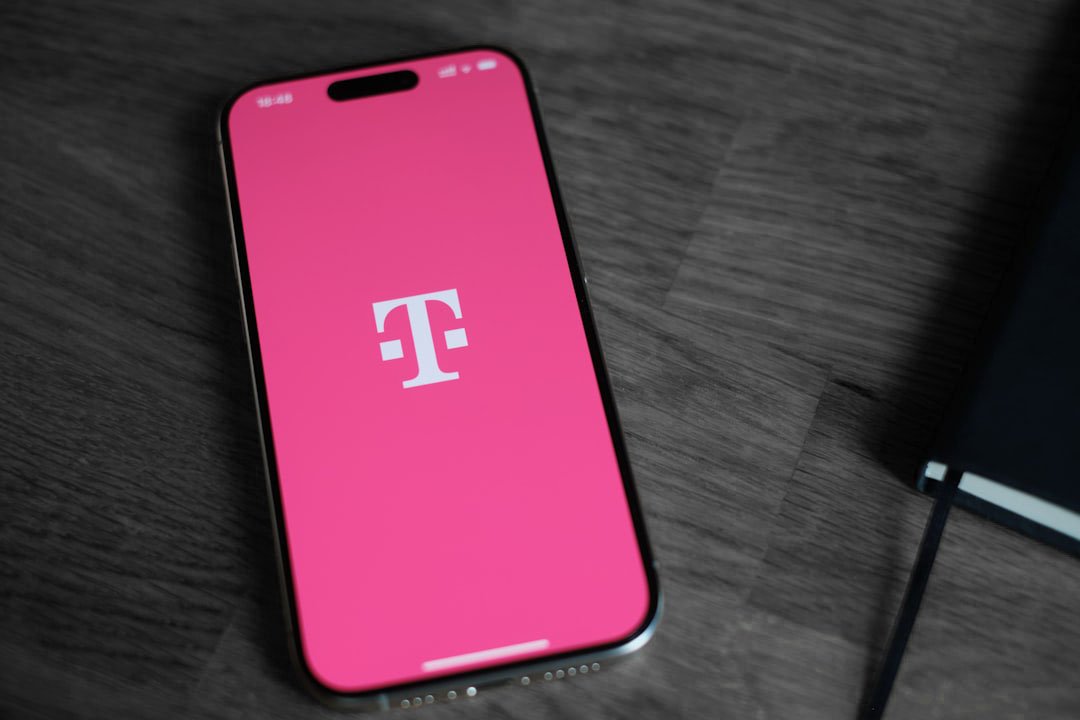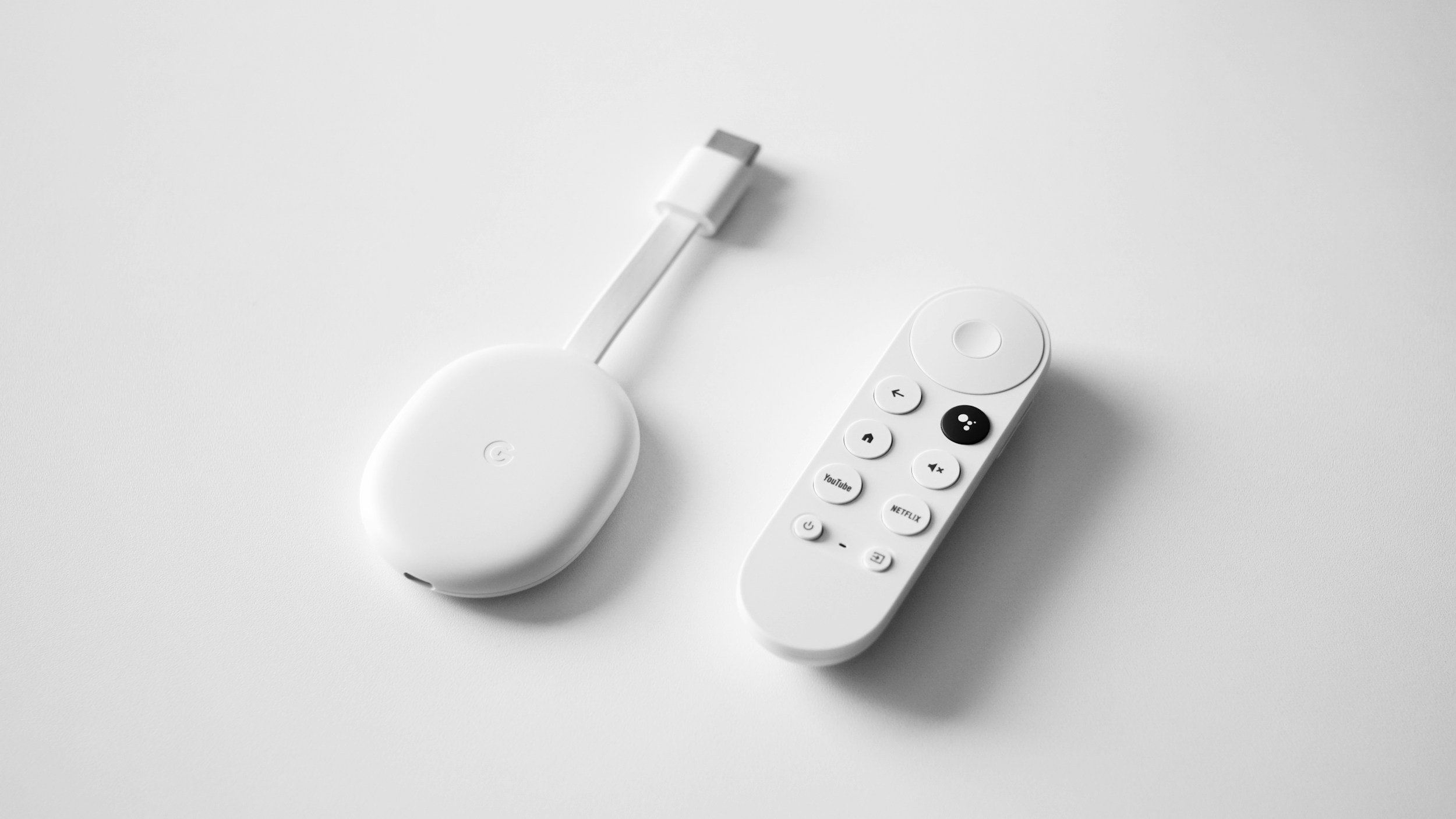iPhone 14 Camera Keeps Refocusing? – Here’s How I Actually Fixed It
Table of Contents Show
Ever try capturing the perfect moment with your iPhone 14, only to find your camera obsessively jumping back and forth, refusing to lock focus? Believe me when I say: you’re not the only one frustrated by this bizarre behavior. I’ve personally dealt with this refocusing madness while filming piano tutorials for my YouTube channel. Nothing spoils a perfect take faster than the camera deciding your fingers aren’t interesting enough and focusing on the background instead.
Luckily, after a fair share of troubleshooting (and a little patience-testing), I’ve found some practical fixes you can easily apply to tame your restless iPhone camera. Whether you’ve got the standard iPhone 14 or you’re rocking the Pro or Pro Max variant, this guide will help you quickly identify and squash common iPhone camera focus issues.
Why Does Your iPhone 14 Keep Refocusing?
The camera refocusing issue (sometimes called “focus hunting”) typically boils down to a few key causes:
Software Bugs & Glitches
Apple isn’t perfect—shocker, right? Sometimes minor software glitches or outdated iOS versions mess with the camera’s autofocus, causing erratic behavior. I’ve personally noticed improvements in overall camera performance after updating my iPhone 14 Pro Max to the latest iOS release.
Dirty or Blocked Lens
Your lens might simply be dirty. I can’t count how often fingerprints or dust specks have sabotaged an otherwise great shot. A quick wipe with a microfiber cloth can make a noticeable difference.
Cases & Magnetic Accessories
Fancy wallet case or MagSafe accessories? They look cool, but magnetic fields can occasionally interfere with your camera’s optical stabilization system, causing unexpected refocusing.
Poor Lighting Conditions
Your iPhone relies heavily on contrast-detection autofocus. In dim or low-contrast scenarios, the camera struggles to lock onto a target, endlessly searching for clarity—kinda like trying to read a book in candlelight.
Too Close to Your Subject
Your phone’s camera lens has a minimum focusing distance. If you push too close (especially on the iPhone 14 Pro’s main lens), it’ll constantly attempt (and fail) to focus. The Pro models automatically switch into macro mode at close distances, which can lead to an annoying back-and-forth shifting.
Hardware Damage
It’s rare but worth mentioning. If your iPhone took a recent drop or had water exposure, internal damage can disrupt autofocus permanently. If you’ve ruled out software, this might be your culprit.
Now, let’s move on to fixes that’ll get your camera back on track, hopefully in no time.
How to Quickly Fix Your iPhone 14 Camera
1. Clean Your Lens and Remove Obstructions
Before diving deep, give your lens a good cleaning. Seriously, even a tiny fingerprint smudge can throw your camera off its game. Grab a soft microfiber cloth (optional: use some additional non-aggressive Lens Spray) and gently wipe down both the front and rear lenses. If you have an air blower lying around, you can use that too in order to get rid of dust particles (do NOT use compressed air).
And don’t forget to remove your phone case or any lens attachments temporarily to see if they’re causing issues. Even a low-quality screen protector for the back/cameras of your iPhone can cause focusing problems.
2. Tap to Focus
It sounds basic, but manually tapping your subject on-screen makes a huge difference. You’ll see a yellow box appear briefly, indicating the camera locked onto your target. This small trick saved me from countless blurry shots during filming. Just remember: once tapped, hold steady for a second—moving too quickly afterward makes the camera refocus.
3. Check AE/AF Lock
Ever see “AE/AF LOCK” at the top of your camera screen? Holding your finger down too long activates this mode, locking focus and exposure in place. Handy—but if you accidentally lock it on the wrong thing (like I once did on my piano keys instead of my hands), it causes consistent blur. Simply tap elsewhere to release and restore normal autofocus.
4. Shed Some Light on the Situation
If you’re trying to snap a photo in poor lighting, your camera might continually refocus because it just can’t see clearly. Flip on a light, shift your angle, or even introduce an object to help the camera gain a clear reference point. I’ve used this trick countless times when filming product close-ups, and it works surprisingly well.
5. Restart the Camera App
If the camera starts acting wonky mid-shoot, a quick fix is force-closing and reopening the app. Swipe up from the bottom edge and toss the camera app away. Relaunch it, and often the refocusing glitches vanish like nothing ever happened.
6. Reboot Your iPhone (A Classic for a Reason)
When nothing else seems to work, a reboot can help. A restart clears temporary files and can resolve all sorts of weird software behavior, including camera focus spasms (and sometimes even overheating issues). Press and hold down the side button and one of the volume buttons until the shutdown slider appears. Power it down, then start it back up. I’ve rescued plenty of shoots simply by restarting—sometimes the simplest fixes really are the best.
Special Tip for iPhone 14 Pro & iPhone 14 Pro Max Users
If you have an iPhone 14 Pro or Pro Max, there’s one more wrinkle—auto-macro mode. Whenever you get close to a subject (around 5 inches or closer), your iPhone automatically switches to the ultra-wide lens for macro shots. The sudden lens switch can cause your camera to jump erratically, something I discovered while photographing intricate sheet music.
To regain control:
Go to Settings > Camera > Macro Control and switch this on.
Now, whenever your camera tries to auto-switch to macro, a tiny flower icon pops up. Tap it to disable macro mode temporarily for that shot.
This stops the lens from jumping around uncontrollably. You can always manually select the ultra-wide lens (0.5x) if you genuinely need macro.
Deeper Troubleshooting: When the Quick Fixes Don’t Work
Alright, so you’ve tried the easy stuff—cleaning the lens, rebooting the camera app, maybe even a quick restart—and your iPhone 14 camera is still stubbornly jumping around, refusing to focus. Been there. Let’s step it up and dive into some deeper troubleshooting that’ll address the more persistent camera issues.
1. Update iOS
This might seem obvious, but you’d be surprised how many bugs Apple quietly squashes in those “boring” software updates, including bug fixes for the camera (also often helps with unexpected battery drain). When my own iPhone 14 Pro Max started misbehaving—doing this annoying shake and jitter dance—I found that upgrading to the latest iOS version fixed things immediately.
To check for updates, just pop into:
Settings → General → Software Update
Install any available updates, restart, and then test the camera again. It’s a quick, simple fix, and it genuinely helped stabilize my videos when nothing else worked.
2. Reset Your Camera Settings (But Not Your Photos)
Sometimes weird camera behavior comes from corrupted or conflicting settings. Resetting your iPhone settings to default can sort this out without deleting your photos and messages (similar to how clearing cache can sometimes resolve app issues). It’s a mild hassle—Wi-Fi passwords, notification preferences, and your carefully curated home screen layout will vanish—but it’s far less drastic than a complete reset.
Here’s how:
Settings → General → Transfer or Reset iPhone → Reset → Reset All Settings
After doing this reset, open your camera app and give it another shot. For me, this resolved a bizarre autofocus issue where my phone kept switching randomly between video resolutions while filming piano close-ups.
If resetting everything feels too extreme, double-check the camera settings first—specifically “Lens Correction,” “Smart HDR,” and “Preserve Settings.” Turning off unnecessary preserved settings like Macro Control or camera filters might also fix weird focus hiccups.
3. Hardware Check: Is Your Lens Actually Damaged?
Software troubleshooting has limits. If none of the above has helped, your camera might be dealing with a hardware issue. This could mean something as simple as dust trapped behind the lens cover (yes, that can actually happen) or worse—a lens damaged from an accidental drop.
Here’s a quick physical inspection checklist:
Inspect the Lens
Shine a bright light on it and look closely. Any cracks, condensation, or internal dirt? Usually, no amount of settings tweaking solves it.
Listen Carefully
Give your phone a gentle shake near your ear or listen closely while focusing. A clicking or buzzing noise could mean trouble with the Optical Image Stabilization (OIS)—basically the tiny motors inside the camera. If OIS is faulty, it might explain your camera’s jittery behavior.
Remove Magnetic Accessories
Apple specifically warns against magnetic cases and attachments. Even though they look slick, they can cause autofocus jitters. Removing it immediately should improve focus stability.
If any of these ring true, it’s likely time to get the hardware checked out professionally.
4. Last Resort: Factory Reset (Proceed with Caution!)
Alright, let’s say you’ve reached your wit’s end. The camera still won’t behave, you’ve ruled out physical damage, and you’re desperate enough to consider the nuclear option—a factory reset.
Warning: This erases everything on your phone. Absolutely everything. So, back up first via iCloud or your computer.
Navigate to Settings → General → Transfer or Reset iPhone → Erase All Content and Settings.
Follow the prompts and choose either “set up as new” (to test the camera without any interference from old data) or “restore from backup.”
I’ve done this twice—once successfully resolving a deep software glitch on an older device and once realizing it was indeed hardware failure. If a clean slate still doesn’t fix your camera, you can confidently say the issue is hardware-based.
5. Apple Support
So, if after all that your camera is still acting like a caffeinated squirrel, it’s officially time to contact Apple. Reach out to Apple Support directly or schedule an appointment at your local Apple Store Genius Bar. Having gone this route myself with MacBook Air-related issues, I can tell you they’re pretty thorough. They’ll run hardware diagnostics and, if your iPhone’s under warranty or covered by AppleCare+, you’ll probably walk out with a free repair or replacement.
Make sure you mention everything you’ve tried—this speeds up the process and helps the technician pinpoint the exact issue faster. Sometimes the fix is surprisingly quick, like recalibrating the camera’s internal stabilization system. Other times, you might need a camera module replacement.
Whatever the outcome, at least you’ll know you’ve done everything possible to tame that wild autofocus and get your iPhone 14 camera working smoothly again.
Wrapping it Up
Hopefully, this guide helped you wrangle your iPhone 14’s camera back into focus (pun very much intended). If you’re still running into issues, or if you found a clever fix I didn’t mention, drop a comment below—I read every single one, and I’m always happy to dive deeper if you need more help.
Also, if you enjoy practical, real-world tech advice without the marketing fluff, you’ll definitely want to subscribe to my tech newsletter. I send out regular updates packed with hands-on reviews, troubleshooting tips, and thoughts on the latest gadgets—always from the perspective of someone who actually uses the gear, not just regurgitates the spec sheet. No spam. No hype. Just honest insights to help you make smarter tech choices.
Catch you in the next one. Thanks a lot for reading!
FAQ
-
Usually, the iPhone’s autofocus goes into panic mode when it can’t clearly see what you want to photograph—think of it like someone squinting in dim lighting. It could be a smudged lens, software glitches, bad lighting conditions, or you might just be too close to the subject.
If you’re rocking an iPhone 14 Pro, the macro mode loves to jump in automatically at close distances, causing that irritating focus shift.
I’ve personally wrestled with this when filming piano close-ups and found that disabling macro mode temporarily solves it.
-
Start simple: give your lens a good wipe-down, ditch any magnetic accessories, and try manually tapping on your subject in the Camera app. In my experience, just restarting the Camera app or the phone itself can fix temporary glitches almost immediately. If you’ve tried these quick fixes and the focus still misbehaves, it’s probably time to check if your software is up to date—Apple frequently addresses camera bugs in iOS updates.
-
Remember, the main lens on your iPhone 14 Pro can’t magically focus closer than about 5 inches—that’s just optics. Turning off macro mode can help stop the annoying switching, but if you still want a sharp close-up, switch manually to the ultra-wide lens (0.5x). This lens has a shorter minimum focusing distance.
If you’re still stuck, double-check that Macro Control is actually enabled (under Settings → Camera → Macro Control). And if none of that works, there might genuinely be something physically wrong—time to visit Apple.
-
Early on, there were indeed some grumbles (including mine) about the iPhone 14 Pro’s autofocus going a bit haywire, especially when switching between normal and macro modes. Apple kind of acknowledged this and rolled out software fixes fairly quickly.
The standard iPhone 14 doesn’t deal with macro mode, so it’s simpler—and usually, focus problems there boil down to dirt, software glitches, or minor hardware issues. Bottom line: persistent refocusing isn’t normal, but thankfully, it’s often easily fixable.
-
At this point, it’s likely a hardware issue. I’ve been there with past devices—it’s frustrating, but it happens. Your best bet now is reaching out directly to Apple Support or heading to the Genius Bar.
If you’re under warranty or have AppleCare+, they’ll probably sort it out quickly, often at no cost. Don’t waste any more time trying to DIY a hardware defect—let the experts take over.
-
Absolutely. Some third-party apps may request access to your camera and could potentially interfere with its functionality.
Review your app permissions to ensure only trusted apps have access.
MOST POPULAR
LATEST ARTICLES



